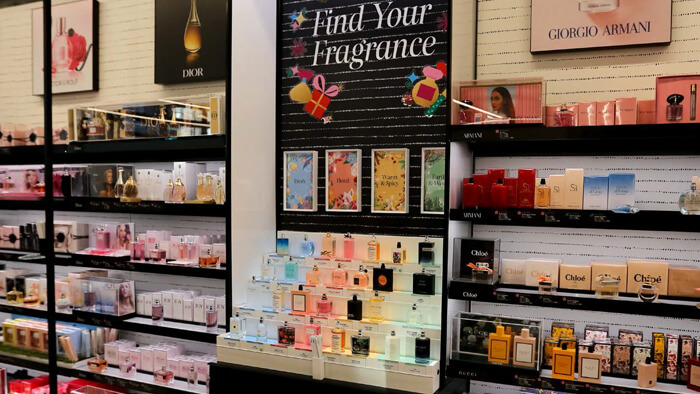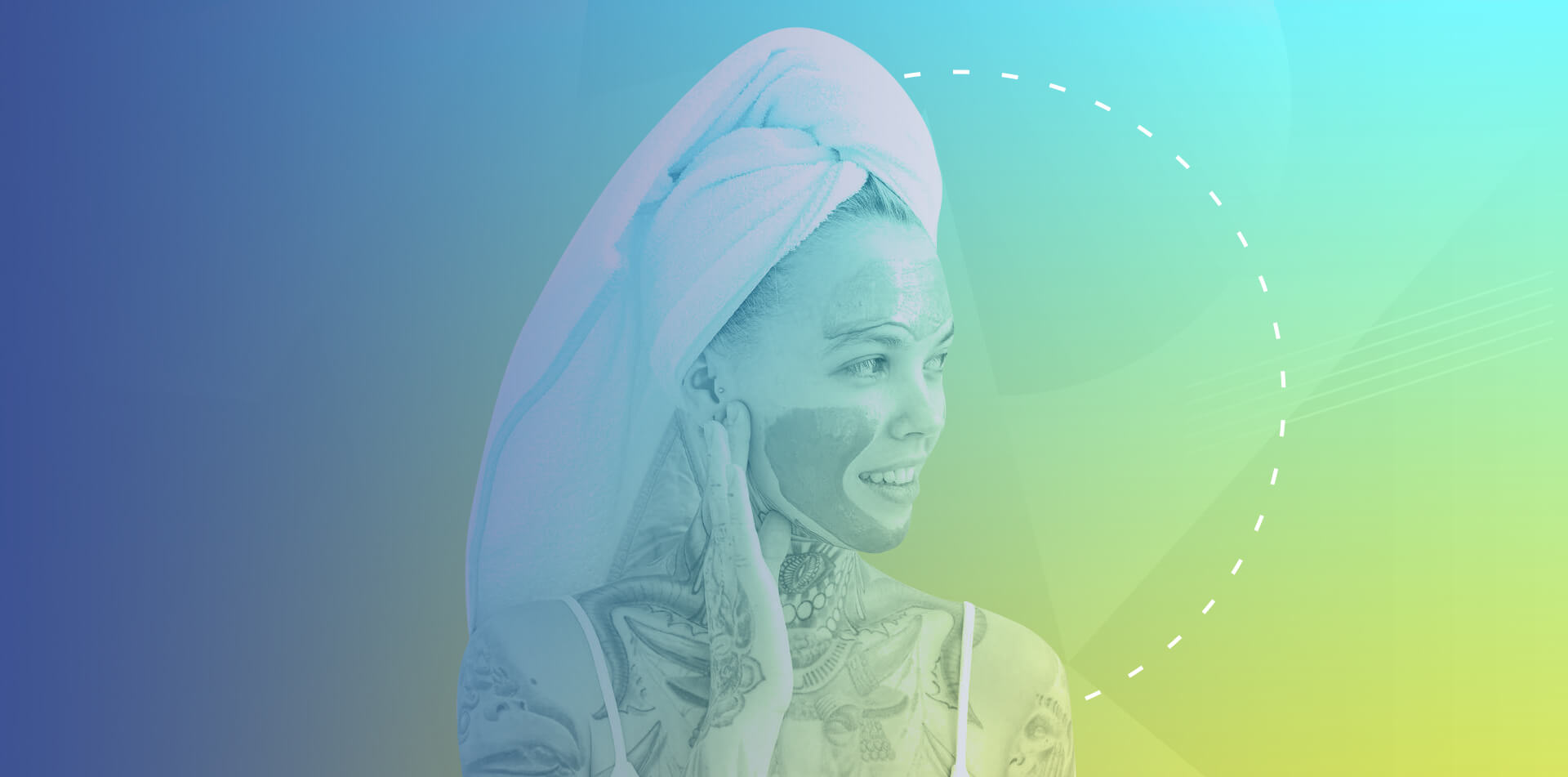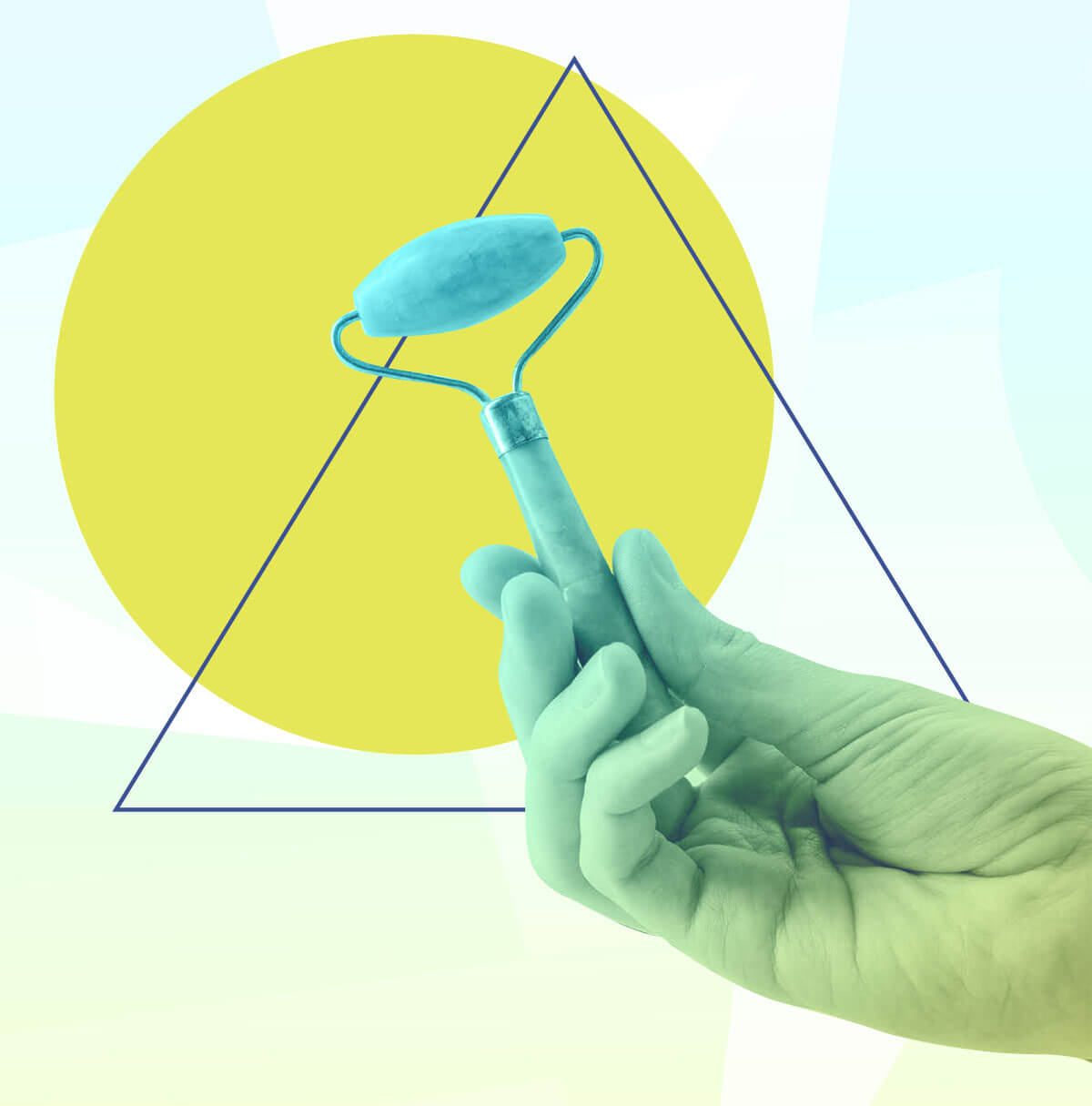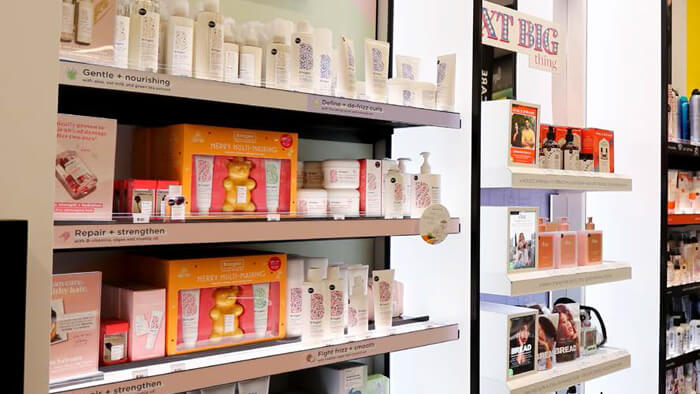NEW LOOK OF SAMPLING
Sampling has long been part of beauty. Consumers are moved by the rush of energy they get from seeing colors, taking in fragrances, and experimenting with new looks, styles and shades. The basic tenet of cosmetic shopping has always been, “If I can try it, I’ll buy it.”
When pandemic restrictions are lifted, the new focus on hygiene and a higher awareness of how germs are spread will make physical samples a thing of the past. With testers and samples no longer available, how will retailers develop the connection between customer and color?
Cosmetic retailer Ulta Beauty includes a virtual try-on feature in its mobile app, with a tool called GLAMlab. Business Insider reports that the company saw “a 12-times increase in use over the course of 2020 with 97 million shades of eyeshadow, eyeliner, mascara, blush, lipstick, foundation, and hair color sampled.”





.jpg)



